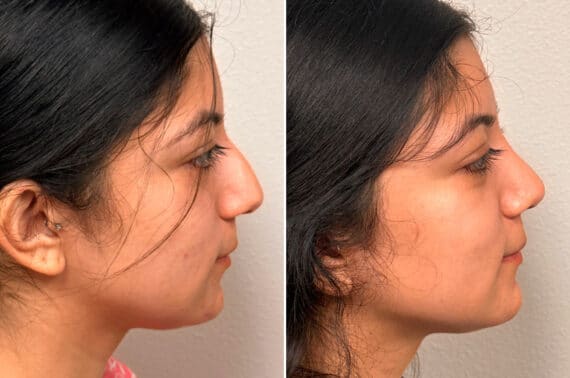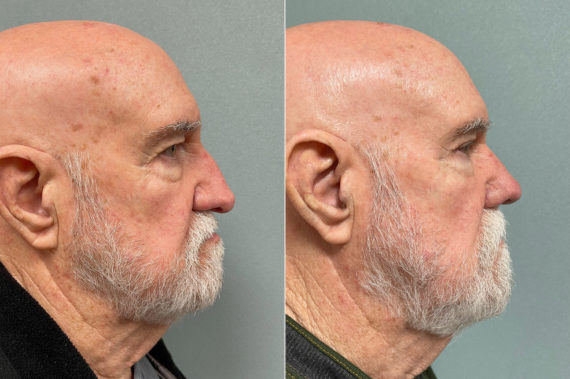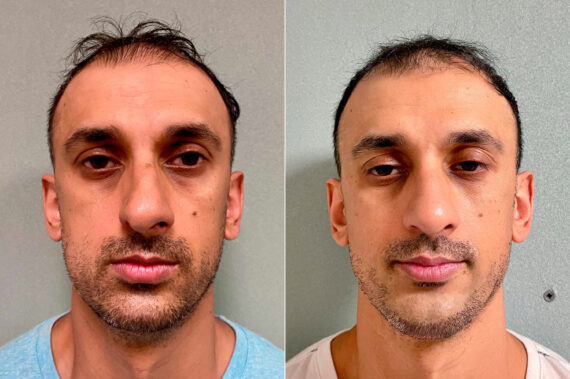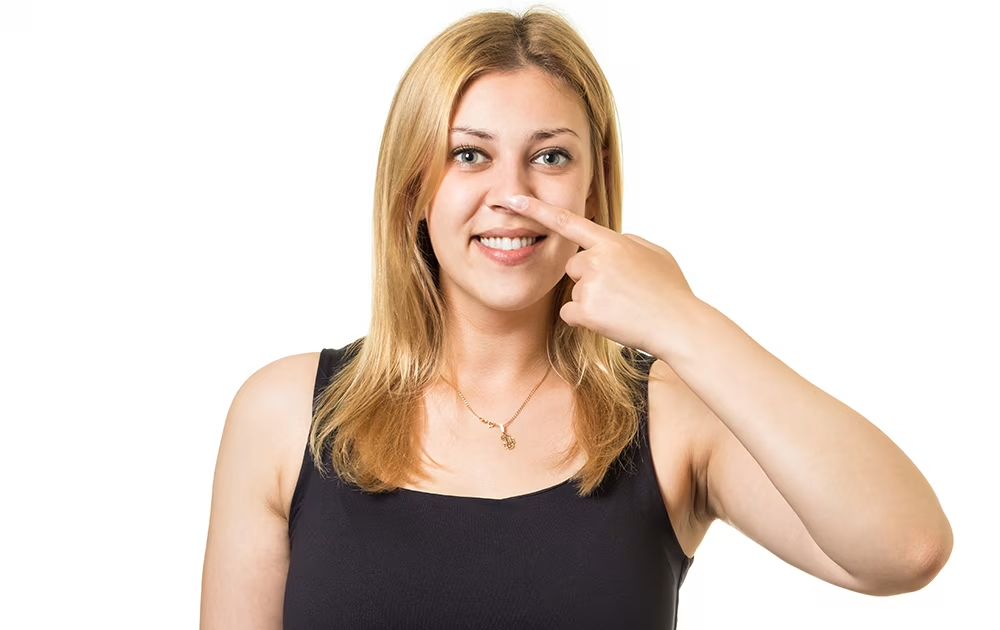
Did your original rhinoplasty leave your nasal tip looking overdone, uneven, or completely different from what you expected? You’re not alone—many patients seek revision surgery specifically to correct issues affecting the tip of the nose, one of the most delicate and defining features of the face.
Tip revision rhinoplasty isn’t just a quick fix—it’s a complex and highly individualized procedure that requires advanced surgical skill. Read on to explore what factors drive the cost, what extra expenses to expect, and how to ensure your second experience delivers the results you originally hoped for.
Why Are Revision Rhinoplasty Procedures More Expensive?
Revision rhinoplasty typically costs more than primary rhinoplasty due to the increased complexity of the procedure. Cosmetic surgeons must work with scar tissue, altered anatomy, and sometimes grafts from other parts of the body, all of which require advanced skill and longer surgical times. This high level of difficulty translates to higher surgical fees, and only the most experienced facial plastic surgeons are qualified to perform it successfully.
Factors that Influence the Cost of Revision Rhinoplasty Surgery
When it comes to a secondary nose job, several key factors contribute to the overall cost of the procedure. These go beyond the surgery itself and reflect the specialized nature of the work involved. In cases of tip revision rhinoplasty, where precision is especially critical, costs may vary even more. Understanding what influences pricing can help you make more informed decisions and avoid surprises as you plan for your procedure.
Surgeon’s expertise
The expertise of your surgeon plays a major role in the cost of tip revision rhinoplasty. Surgeons with advanced training in facial plastic surgery, especially those who are double-board certified, command higher fees due to their precision, experience, and track record of successful outcomes. Tip revisions require intricate work and advanced surgical techniques on delicate nasal structures, something only a highly skilled specialist can handle effectively. While the cost may be higher, the investment often leads to better results and reduces the risk of needing another revision.
Location of the practice
Where your surgeon is located can have a noticeable impact on the total cost of a secondary rhinoplasty. Practices in major metropolitan areas or regions with a high cost of living often charge more due to increased overhead and market demand. Clinics in areas like Southern California or New York, for example, typically reflect these elevated rates. While location affects price, it’s essential to prioritize a surgeon’s qualifications and experience over geographic convenience.
Complexity of the procedure
Not all revision rhinoplasties are created equal. The complexity of your case, such as correcting collapsed cartilage, asymmetry, or breathing issues, can significantly influence the cost. More involved revisions require longer surgical times, possibly the use of cartilage grafts, and a highly tailored approach to achieve natural-looking results. These technical challenges raise both the difficulty and the price, especially when previous surgeries have altered the nasal structure unpredictably.
Anesthesia and Surgical Facility
The cost of anesthesia and the use of an accredited surgical facility are important components of tip revision rhinoplasty pricing. General anesthesia administered by a certified anesthesiologist ensures safety and comfort but comes at a premium. Likewise, surgeries performed in fully equipped outpatient surgical centers or hospitals tend to cost more due to strict safety protocols, advanced technology, and specialized staff. While these elements add to the overall price, they are crucial for achieving safe and successful outcomes.
Additional Costs of Revision Nose Surgery
Beyond the surgeon’s fee and facility charges, revision rhinoplasty of the nasal tip may include additional expenses that patients don’t always anticipate. These extra costs can vary depending on your specific needs and the scope of the procedure. Factoring them into your budget from the beginning helps set more accurate expectations and minimizes surprises along the way.
Preparation and recovery
Preparing for and recovering from a revision surgery involves both time and financial investment. Pre-operative steps may include medical evaluations, lab tests, and prescription medications, all of which come with additional fees. Post-surgery, you may need specialized aftercare items, follow-up visits, or time off work, each with its own cost implications. Budgeting for these elements is crucial to ensure a smooth and stress-free recovery process.
Including other procedures
In some cases, patients choose to combine tip revision rhinoplasty with other facial procedures, such as chin augmentation or eyelid surgery, to enhance overall balance and facial harmony. While bundling cosmetic procedures can be cost-effective in terms of shared facility and anesthesia fees, it does increase the total price. This decision should be guided by aesthetic goals and medical considerations and discussed thoroughly during your consultation.
The rhinoplasty consultation
Even before surgery is scheduled, the initial consultation is an important part of the tip revision rhinoplasty process—and one that may come with its own fee. During this visit, your surgeon evaluates your nose, reviews your medical history, and discusses your aesthetic goals. This time and expertise are factored into the overall cost, and the consultation can be a valuable opportunity to assess whether the surgeon is the right fit for your needs.
Is the Revision Tip Plasty Cost Covered by Insurance?
In most cases, tip revision rhinoplasty is not covered by insurance unless it is deemed medically necessary. Cosmetic enhancements are typically excluded, but if the surgery is intended to correct functional problems, such as breathing difficulties, nasal valve collapse, or a deviated septum, there may be a path to coverage. In these cases, thorough documentation from your surgeon or primary care physician is essential to support your claim.
Even when a medical need is present, preauthorization from your insurance company is usually required before proceeding. Working closely with your surgeon’s office can streamline this process. If coverage is denied initially, there is often an option to appeal with additional supporting evidence. For those paying out of pocket, financing options such as medical credit cards or payment plans may also be available to help manage the cost.
Ways of Financing the Revision Rhinoplasty Cost
Paying for tip revision rhinoplasty doesn’t always require upfront, out-of-pocket payment. There are several financing options available that can help make the procedure more manageable. These range from traditional credit lines to specialized medical loans and surgeon-supported payment plans, allowing patients to choose a solution that best suits their financial situation.
Credit cards with low interest rates can be a quick option, but it’s important to be mindful of interest charges. Bank loans or home equity lines offer more structured repayment, but should be weighed against long-term financial implications. Unsecured medical loans, offered through brokers or directly via your surgeon’s office, are another alternative for those who qualify.
Additionally, healthcare-specific financing programs like CareCredit may provide promotional terms such as deferred interest or fixed payments tailored for medical procedures. If your revision is medically necessary, you might also be able to use HSA or FSA funds to offset part of the cost. Finally, many surgeons offer internal payment plans that allow you to spread expenses out over time, making high-quality care more accessible.
Schedule a Consultation with a Tip Rhinoplasty Surgeon
Choosing an experienced surgeon for revision rhinoplasty is critical. This procedure requires not just surgical precision but also a deep understanding of facial anatomy, aesthetic balance, and how previous surgeries may have affected both structure and function. A less experienced hand could lead to further complications and additional surgeries.
Dr. Homer Hojjat is a double-board-certified facial plastic surgeon and otolaryngologist-head and neck surgeon, as well as a member of the CSFPS. His exclusive focus on facial and neck procedures, combined with his research background in cost-effectiveness and technology’s role in cosmetic surgery, ensures patients receive the most advanced, minimally invasive techniques. Call us at 949-996-3274 or visit our contact page to schedule your consultation today.

